How to clean block paving
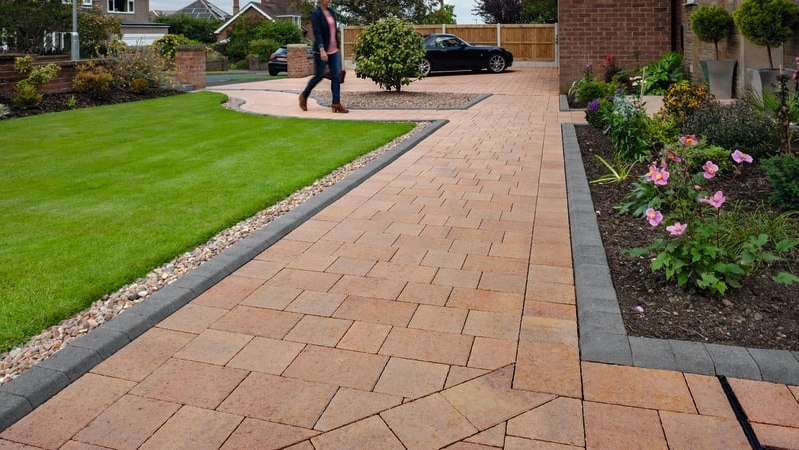
Marshall's Standard Concrete Block Paving
If you’re looking for information and helpful advice on the best approach to clean block paving and maintain your driveway or patio, then look no further! We have everything you need to know about cleaning block paving all in this handy guide.
As block paving is naturally low maintenance, all you'll need is a few specialised cleaning methods under your belt to remove even the most stubborn stains.
Therefore, keep reading this article to find out how to
master the process of cleaning your block paving!
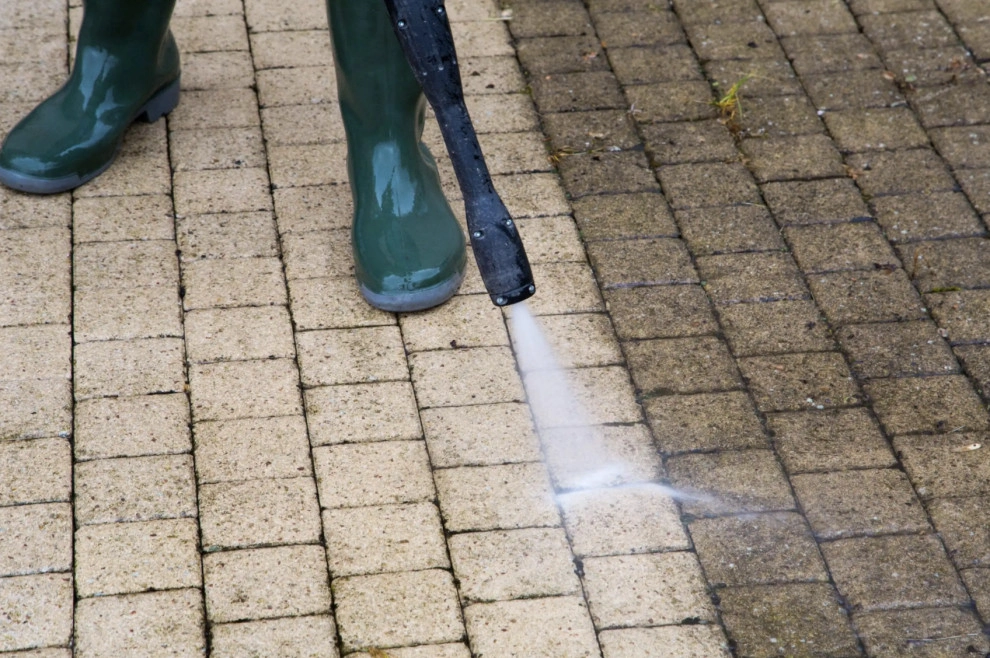
Step 1: Implement a standard clean
To start off, move any garden furniture or cars out of the way, brush away any loose debris, and remove any weeds or moss from around your jointing compound, and you are now ready to clean those block paving stones. The simplest method is to use just soap and water as a block paving cleaner! Here is how it’s done:
What you'll need:
- Washing-up liquid
- Warm water
- Hard-bristled brush in a bucket
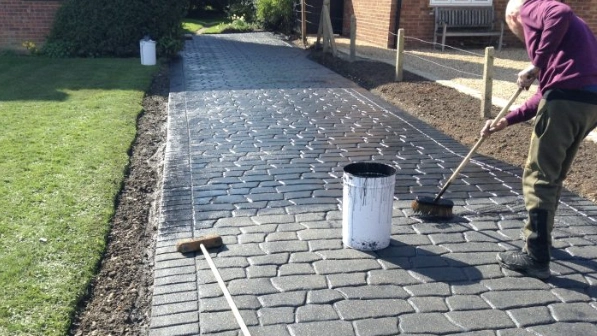
To clean the block paving with soap and water, all you need to do is:
- In your bucket, combine the washing-up liquid (just a few drops will suffice) and warm water.
- Pour your solution in sections, beginning at the corners, and scrub until all the dirt on the block paving has come free. Repeat until the entire block paving space is clear.
- Clear the dirty water away using a clean bucket or a hose, and direct it towards a drainage point (whether a drainage channel, soil, or grass).
- If you believe your paving stones may benefit from a deeper cleaning, explore the options suggested below and, whatever you do, avoid using an acid-based stone cleaner. These treatments erode the stones, making them less robust and more vulnerable to long-term harm.
Helpful tip: Always scrub diagonally as this will be gentler on the jointing compound, and less kiln-dried sand will come out during cleaning. If the same does come loose, you will just need to re-fill the gaps.
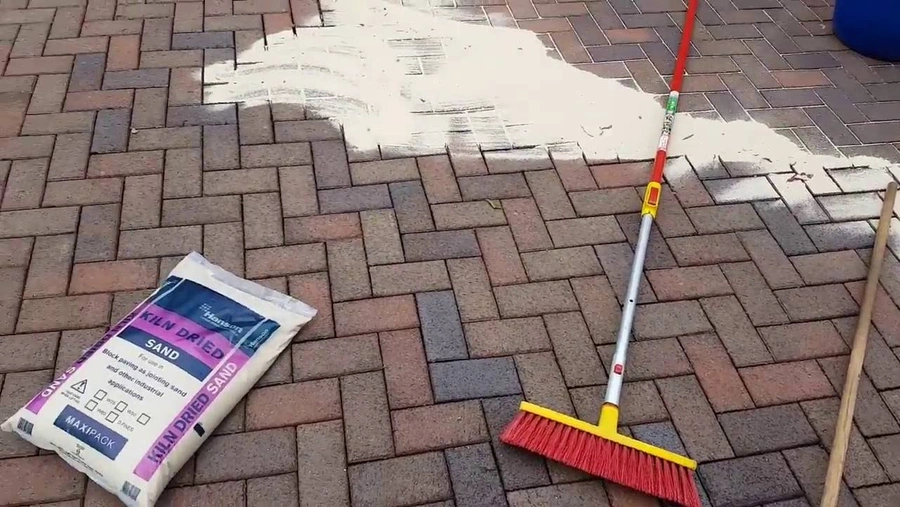
Step 2: A Further Clean
Oil stains and algae can be inconvenient in general, but especially on a block paving driveway or patio. Ultimately, different stains and spills require different treatments, and any treatment should be applied to a small portion of the affected area first, whilst carefully following the manufacturer's recommendations.
These typical flaws may appear hard to remove at first, but with an expert spot clean that you can learn from this easy guide, your block paving stones will look better than ever.
Therefore, here's how to get rid of algae, lichens, and oil spills on block paving:
What you’ll need:
- Protective gloves
- Bucket
- Warm water
- Bleach
- Hard-bristled brush (optional).
To successfully remove algae and lichens:
- Whilst wearing protective gloves, dilute equal parts warm water and bleach and mix it together.
- Pour the solution over your algae and lichen-covered areas and leave it for a few minutes.
- When the time is up, rinse thoroughly with clean water. The bleach should have removed the algae on its own, but if it hasn't, a short scrub with a hard-bristled brush and extra water should remove any lingering green specks.
- Lichens will require numerous scrubs to thoroughly remove, so continue step 3 until your block paving is clear. It may take four or five attempts to remove every lichen speck, so be patient and persevere.
Helpful tip: When combining any harsh chemicals, like bleach for example, to water, always remember to fill your bucket with water first and then add the chemical, as this helps to reduce potential splash back.
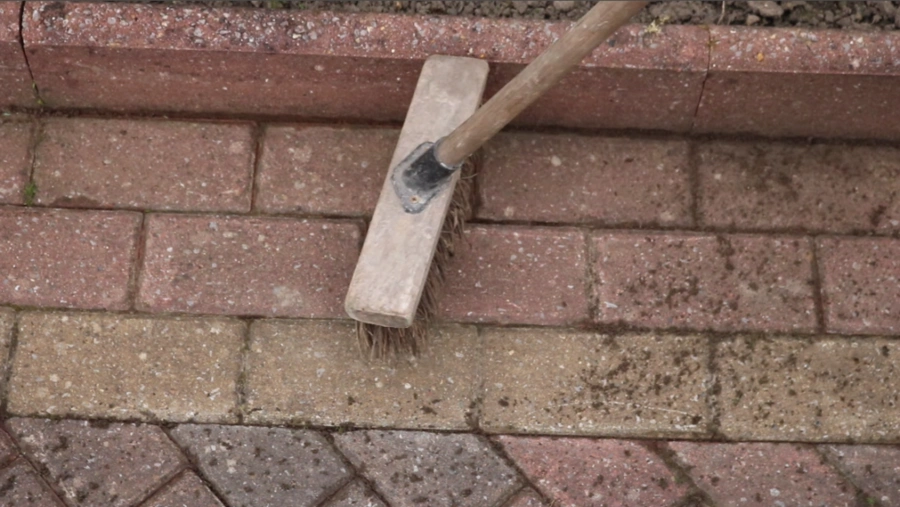
Step 3: A Deep Clean
To successfully remove any oil spills:
What you’ll need:
- Pavement degreaser (non-acidic)
- Brush with a stiff bristle
- Water and a bucket
- Pour the paving degreaser onto the affected area and leave it for 15-20 minutes to take effect.
- When the time is up, thoroughly scrub the area with a stiff-bristled brush. The oil spill should be lifting away from your block paving.
- Fill a bucket halfway with water and rinse away the residue. If your oil spill is still present, repeat the entire process. Deeper oil spills may require several attempts before they are completely removed.
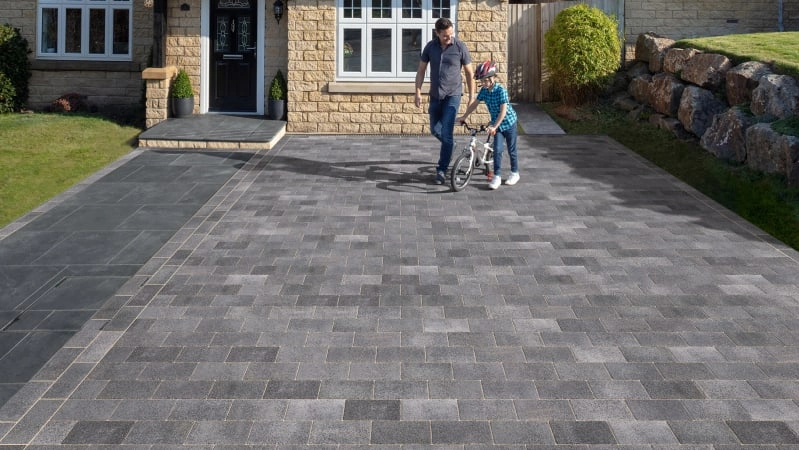
Marshall's Nova Coarse Block Paving
And that's everything you need to know about how to successfully clean your block paving. The advantage of block paving is that it is extremely easy to maintain, making it easier to look after than other paving types. As a result, all our paving products, such as our Tegula block paving slabs from Marshalls, are exceptionally simple to clean and maintain.
If you are also interested in reading our how to lay block paving blog, you can read it here.
If you have any other questions about how to clean block paving, you can contact our customer service team on the number 01472 907051. And if you would also like to have a look at our wide range of block paving products, you can access our product page here.
Recent Posts
-
An Introduction to Types of Paving
There are so many different types of paving out there, but which ones are right for your project? Wh
-
10 small outdoor kitchen ideas just in time for summer
As summer approaches, many homeowners are looking for ways to enhance their outdoor living spaces&md
